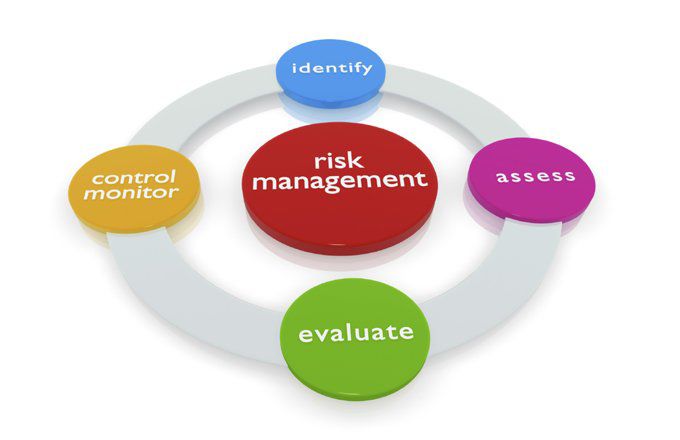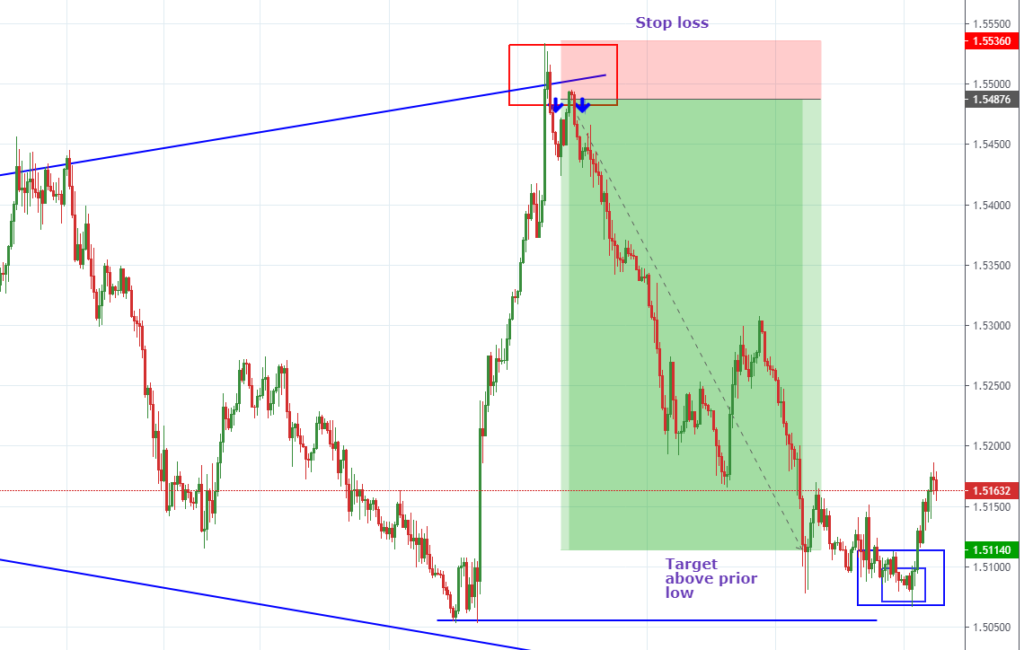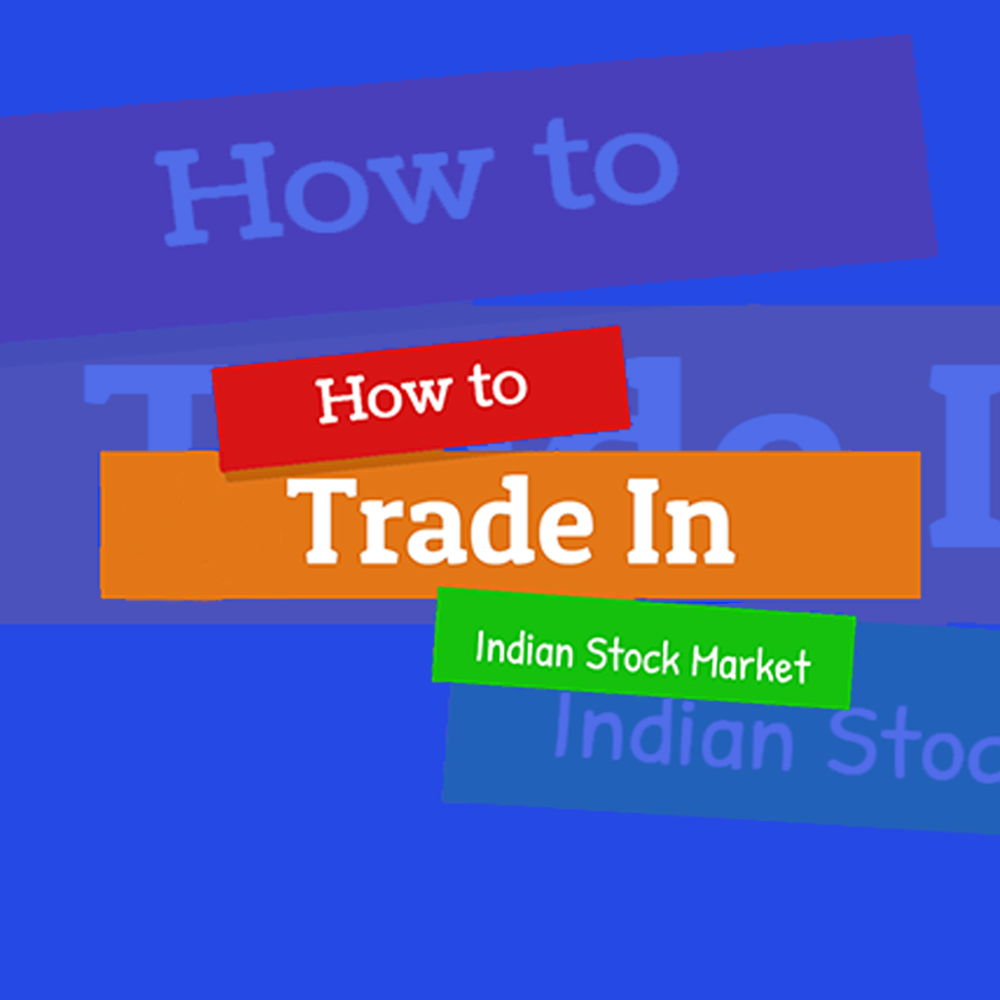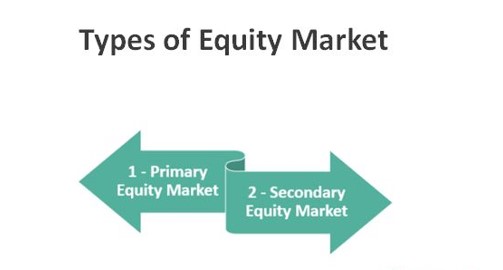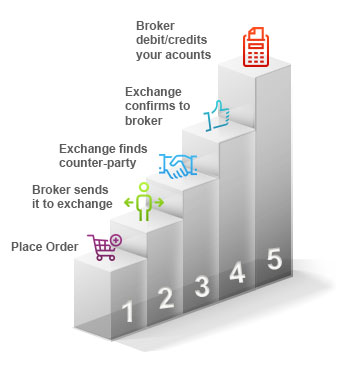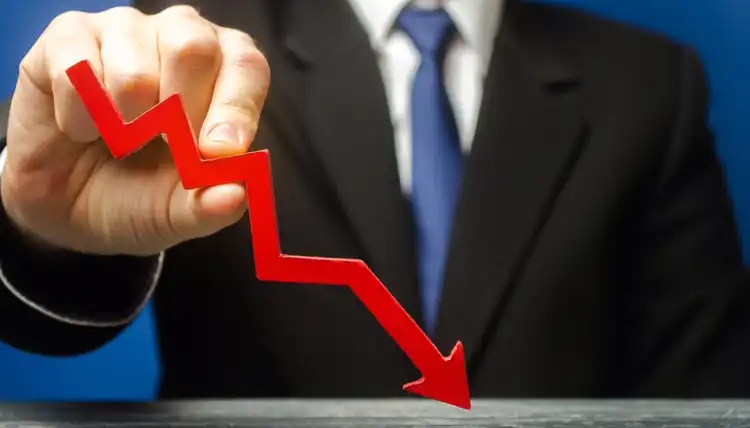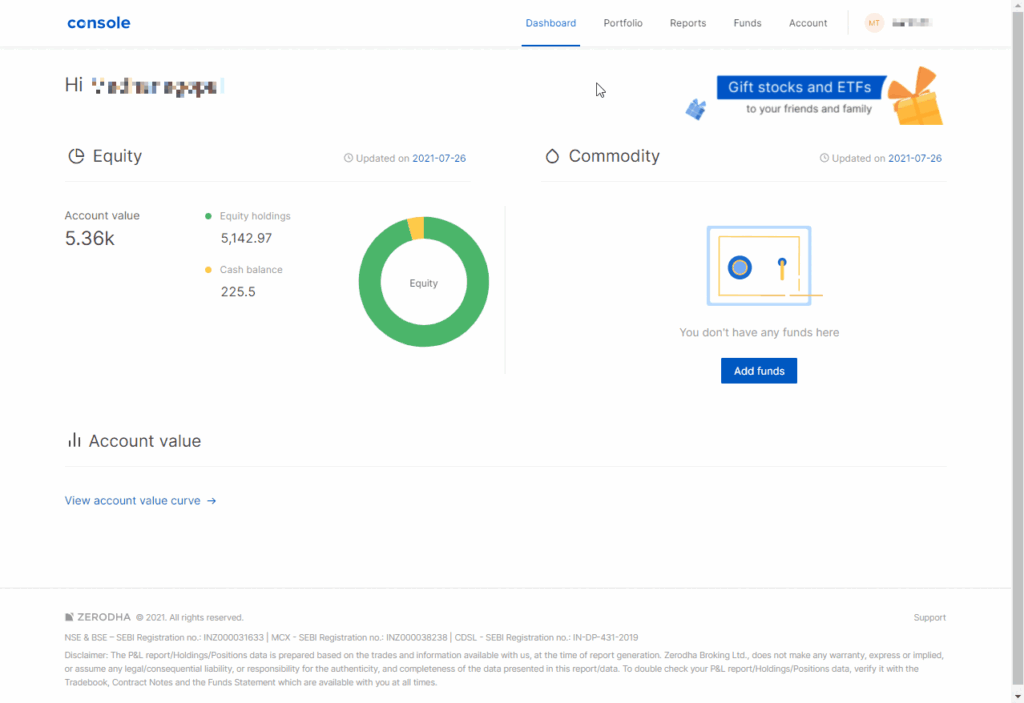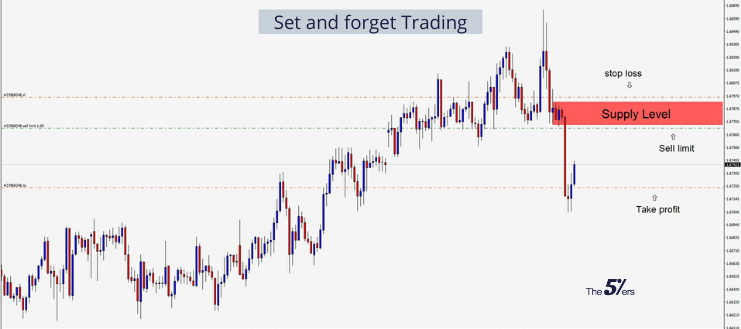
Difference Between Trading and Investing
Do you put your cash into stock market investments? or do you have an interest in it? If you answered “yes,” you must have heard the terms “trading” and “investing” at some point, and many people may not even be aware of the distinction between the two. But don’t worry; by the time you finish reading this post, you will know the difference between these two terms and be able to choose which one is better for you.
What is Trading?
Trading is a strategy in which someone buys a stock for a short time and then sells it, even if it’s just for a day or a week. furthermore, such individuals are called brokers. Because they enter and exit the market with smaller but more frequent profits over a shorter time period, traders benefit from rising and falling markets.

What is Investing?
Buying and holding stocks for a long time is known as investing, and investors are those who do so.
Investors want to make money by holding onto stocks of a company for a longer period of time—say, a year, a decade, or even longer. Their growth may not be as apparent in the short term, but the law of compounding means that in the long run, if the companies they put their money into succeed, they can make a decent profit.
key difference between traders and investors, by the following table.

You must have realized the difference between these two after looking at the points above; however, you may still be wondering which one is superior.
Investing or Trading which one will be a good choice for you?
Without wasting any of your precious time, let me make one thing crystal clear: trading is not for you if you are a busy person who has a lot to do in a day, don’t have much time, don’t know much about technical analysis, or can’t. Because it requires less time and research, investing will prove to be the better choice for you. You can go about your day to day responsibilities while putting resources into stocks. Trading takes time, so it needs a lot of knowledge and experience.
Conclusion:
We hope that this post was helpful to you, that you now know the difference between investing and trading, and that you can decide which option is best for you.








